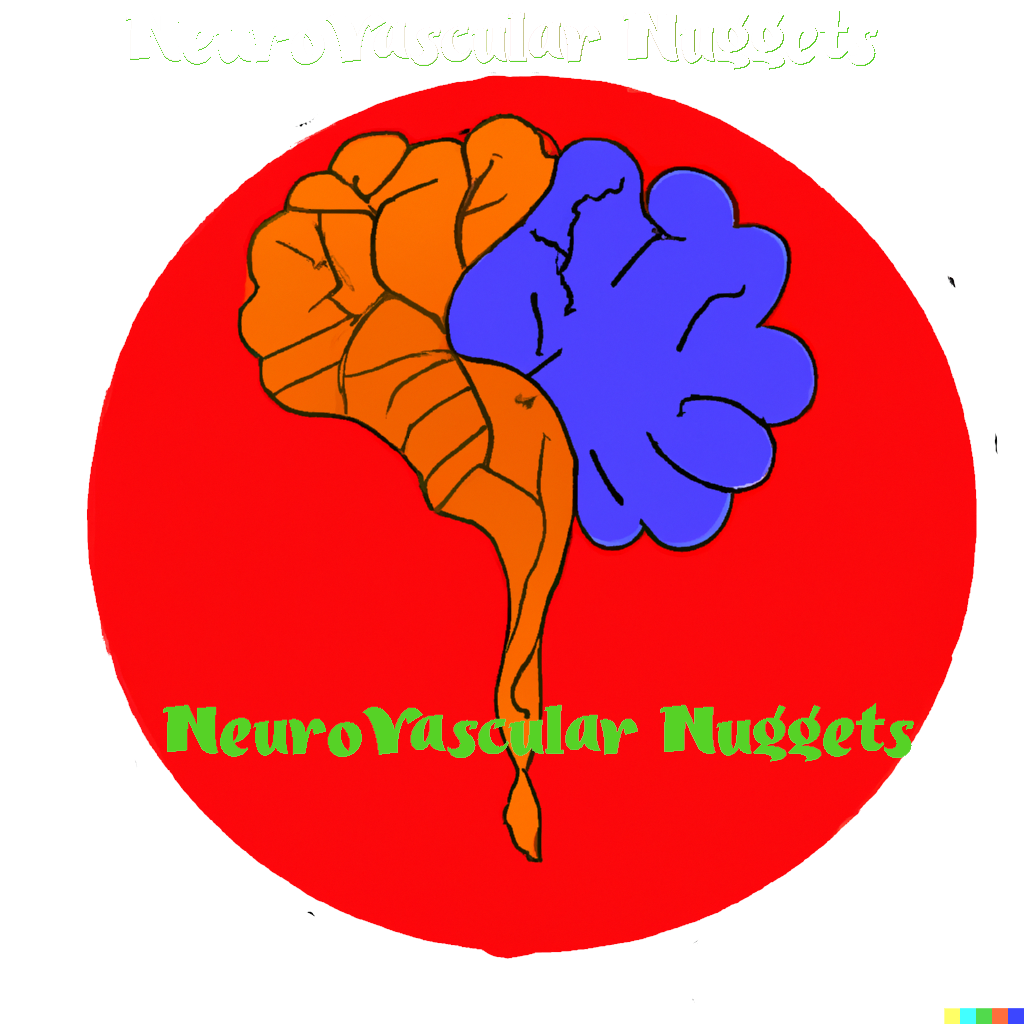Flow diversion for compressive unruptured internal carotid artery aneurysms with neuro- ophthalmological symptoms: a systematic review and meta-analysis
Results
- 22 studies included, 594 patients treated with flow diverters for compressive ICA aneurysms
- Pooled rates of symptom recovery: 47.4% complete, 74.5% improvement
- Rates of transient worsening: 7.1%, permanent worsening: 4.9%
- Isolated visual symptoms: 30.6% complete recovery, 56.6% improvement
- Isolated oculomotor symptoms: 47.8% complete recovery, 78% improvement
- Aneurysm complete occlusion rate: 68.6%
- Morbidity rate: 5%, mortality rate: 3.9%
Comparison to Previous Research
- Recovery rates are comparable to previous meta-analyses on surgical clipping, coiling, and parent vessel occlusion for similar aneurysms
- Morbidity and mortality rates are slightly higher than some previous studies like PUFS trial
- Occlusion rates align with other flow diverter studies
- Emphasizes importance of early treatment, improving chances of recovery 10-fold if treated within 1 month of symptom onset
Applications
- Provides evidence for flow diversion as a valid treatment option for compressive ICA aneurysms
- Informs clinical decision-making and patient selection for flow diversion
- Suggests early treatment is critical for best outcomes
- Adds to knowledge of expected recovery rates, risks, and occlusion rates with this technique
The results generally confirm flow diversion as an appropriate treatment for these aneurysms, though early intervention is key. The data help set expectations on likelihood of recovery and risks. This study adds a comprehensive analysis to the existing literature on flow diversion for this indication.
Read more at


